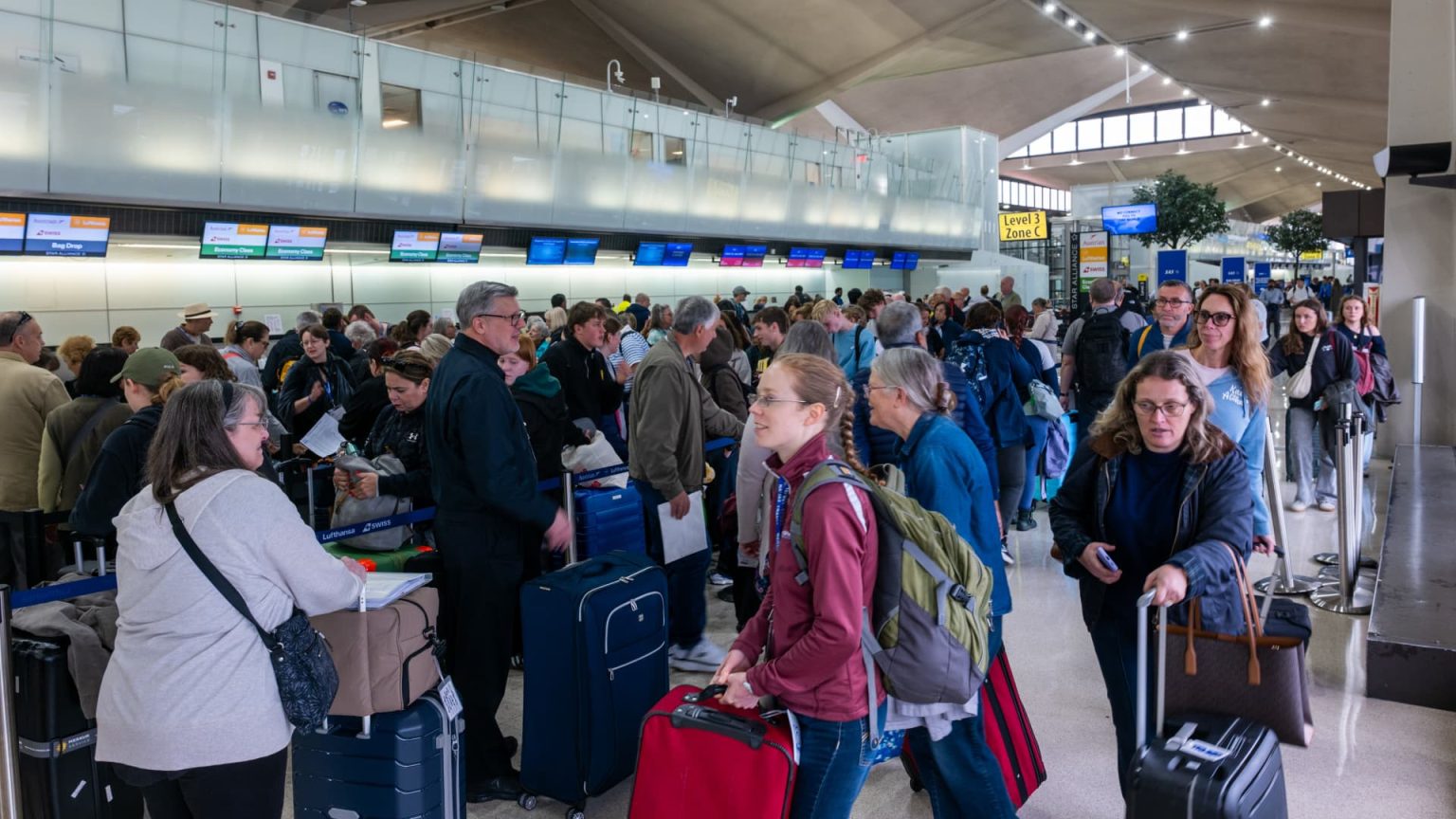A recent incident at Newark Liberty International Airport has raised alarms about the state of U.S. aviation infrastructure and ongoing staffing shortages. On April 28, air traffic controllers lost radar and communications with aircraft, resulting in over 1,500 delayed flights during the week. The National Air Traffic Controllers Association highlighted that this situation stems from aging equipment and a chronic understaffing of controllers, prompting significant operational challenges for airlines and travelers alike.
| Article Subheadings |
|---|
| 1) Equipment Failure at Newark Airport |
| 2) Effect of Staffing Shortages |
| 3) United Airlines Announces Flight Cuts |
| 4) Government Response and Future Plans |
| 5) Broader Implications for U.S. Aviation |
Equipment Failure at Newark Airport
On April 28, Newark Liberty International Airport faced a severe incident when air traffic controllers temporarily lost radar and communications with the aircraft under their control. According to the National Air Traffic Controllers Association, the failure lasted for nearly 90 seconds, during which time controllers were unable to “see, hear, or talk to” any flights operating in the area. This incident raised significant concerns about the reliability of current air traffic control systems, which many argue are outdated and in dire need of modernization.
Effect of Staffing Shortages
The aftermath of the communications breakdown also exposed chronic staffing issues plaguing the air traffic control sector. Following the incident, a number of controllers reportedly took time off to recover from the stress brought on by the multiple outages. The Federal Aviation Administration has acknowledged these staffing shortages, which significantly exacerbated the situation, leading to over 1,500 reported flight delays at Newark. The lack of sufficient personnel has raised alarms about the capacity of the air traffic control system to handle the volume of traffic in such a congested airspace.
United Airlines Announces Flight Cuts
In response to ongoing disruptions, United Airlines announced plans to cut 35 flights daily from its Newark hub. The company’s CEO, Scott Kirby, indicated that the initiative aims to introduce more flexibility into the flight schedule and alleviate congestion. Kirby noted that the technology issues from last week were compounded by ongoing staffing shortages, which he described as a chronic problem affecting Newark’s air traffic control facility. United’s decision to reduce operations underscores the urgency of resolving the underlying issues plaguing air traffic management.
Government Response and Future Plans
In light of the recent incident and the ongoing challenges faced by air traffic controllers, U.S. Transportation Secretary Sean Duffy announced plans to unveil a new air traffic control system. Duffy’s remarks, made during a visit to the Philadelphia facility responsible for managing Newark traffic, emphasized the necessity of transitioning to more effective systems that can accommodate current air traffic demands. Despite the recognition of these shortcomings, Duffy reassured the public that safety remains a top priority, stating that the FAA would restrict operations if controllers experienced capacity constraints.
Broader Implications for U.S. Aviation
The Newark incident reflects larger systemic issues within the U.S. aviation sector, particularly in terms of infrastructure and staffing. The Port Authority of New York and New Jersey has invested billions into modernizing Newark Liberty, but representatives stress that effective operations are contingent upon a fully staffed and technologically modern Federal Air Traffic system. The frequency of flight disruptions may detract from the anticipated growth in air traffic as millions of additional travelers are expected next year due to events like the World Cup Finals.
| No. | Key Points |
|---|---|
| 1 | Air traffic controllers at Newark lost communications with aircraft on April 28, leading to significant delays. |
| 2 | Staffing shortages exacerbated the impact of the equipment failure, resulting in over 1,500 flight delays. |
| 3 | United Airlines announced reductions in daily flights as a measure to alleviate congestion and adjust to operational challenges. |
| 4 | Transportation Secretary Sean Duffy plans to implement a new air traffic control system to address existing deficiencies. |
| 5 | The situation at Newark Liberty raises broader concerns about the U.S. aviation sector’s infrastructure and staffing capabilities. |
Summary
The events at Newark Liberty International Airport last week spotlight the critical issues of aging infrastructure and staffing shortages in U.S. aviation. The disruptions not only affected thousands of passengers but also raised urgent questions about the future of air traffic control systems across the country. Immediate actions taken by airlines and government officials will be crucial in addressing these ongoing challenges and ensuring safe and reliable air travel.
Frequently Asked Questions
Question: What caused the flight delays at Newark Airport?
The delays were primarily caused by an equipment failure that led to air traffic controllers losing radar and communication with aircraft, compounded by chronic staffing shortages.
Question: What measures is United Airlines taking in response to the delays?
United Airlines announced it would cut 35 flights daily from Newark to reduce congestion and ease operational pressures related to the staffing shortages and technological issues.
Question: What plans are being made to address the issues in air traffic control?
U.S. Transportation Secretary Sean Duffy plans to unveil a new air traffic control system to improve efficiency and response capabilities in managing current air traffic demands.


